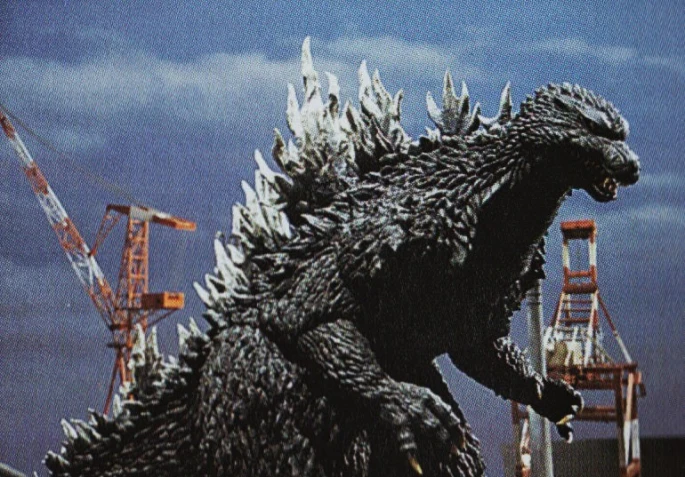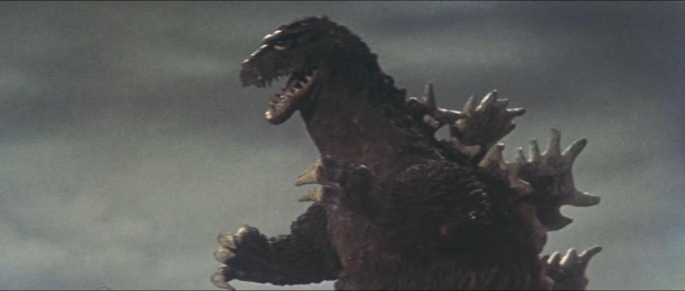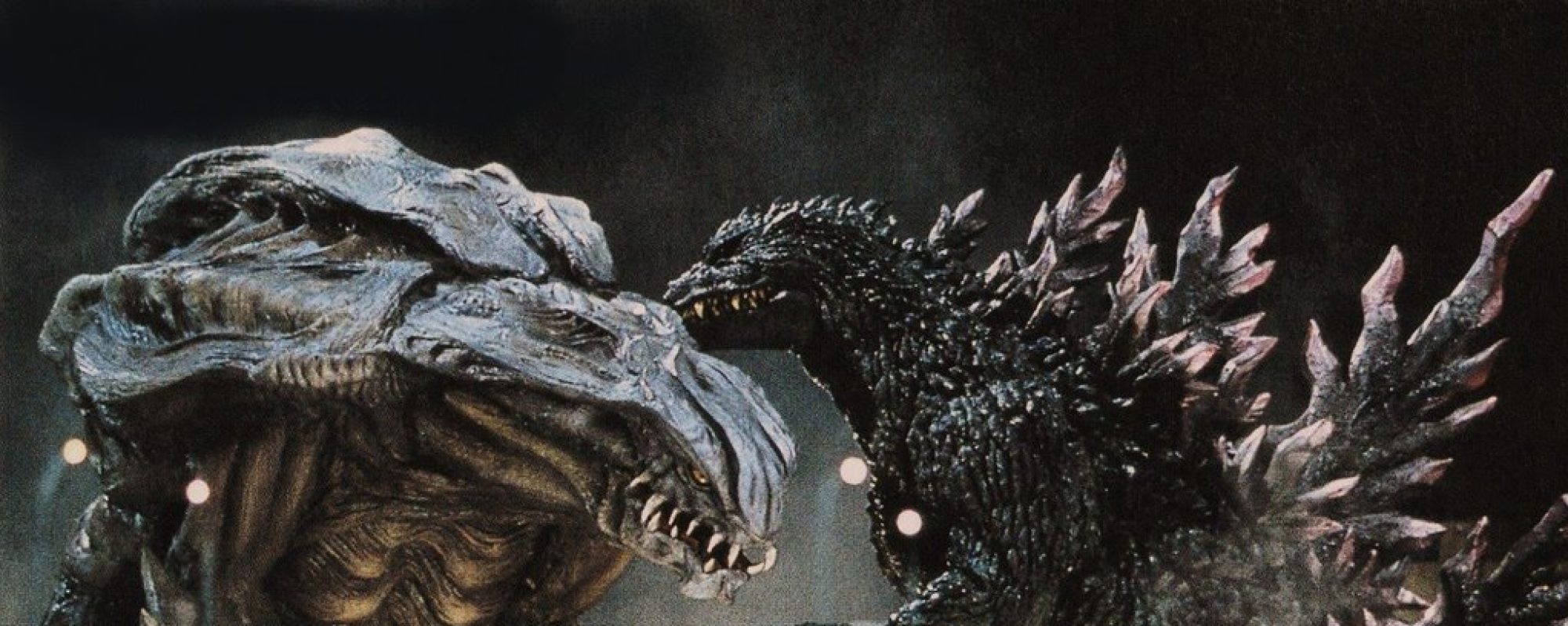Before I speak of continuity of the Godzilla franchise, specifically the Showa Series, I want to mention that although I do plan on reviewing every Godzilla movie I’m not going to spend the next 30 plus weeks just reviewing Godzilla movies. I will also intersperse the reviews with other Godzilla related posts.
Before I commence with my reviews I want to talk about the continuity of the Godzilla franchise.
I’m a big Star Trek fan and if you’re a Trekkie or at all familiar with the franchise then you know, canon and continuity are king. We Trekkies can be very persnickety and downright anal about it! As a HUGE Godzilla fan also, however, I’m not so concerned about canon and continuity. I don’t think most Gfans are as obsessive about canon and continuity as Trekkies are. That’s my observation anyway.

So why aren’t Gfans canon and continuity obsessed? Well, except for the 7 Heisei Era films, continuity in the Godzilla franchise is pretty loose. The 1984/1985 “Return of Godzilla” is a movie that begins as a sequel to the 1954 original and from there until the last movie in the Heisei Series, 1995’s “Godzilla vs Destroyah” all the movies are connected to one another.
The 5 movies of the Millennium Series, from 1999 until 2004, are all standalone movies except the 2002 “Godzilla Against Mechgodzilla” and its direct sequel “Godzilla: Tokyo SOS.” These two movies are also loosely connected to the Showa Era of films as pervious Kaiju are referenced as well as the inclusion of actor Hiroshi Koizumi from “Tokyo SOS” who reprises his role as Dr. Shinichi Chujo from the 1961 movie “Mothra.” Despite having the same design/suit in “Godzilla 2000: Millennium ” and “Godzilla Against Megagurius” these movies are not connected.

This leaves us with the 15 Godzilla movies of the Showa Era (1954-1975) and it’s other Kaiju films. Technically speaking, all these movies are supposed to be connected to the 1954 movie. Now, I’m not trying to say they are not connected because arguments can be made they are. However, one the other hand, arguments can be made that not all of them are connected, though some clearly are. So, I think there is enough ambiguity to see them either way and it’s up to the fan to decide for themselves. For the rest of this entry I will demonstrate why I see the majority of Showa movies as standalone movies.
The original 1954 movie “Gojira” (1956 Godzilla, King of the Monsters in America) and the 1955 sequel “Godzilla Raids Again.” (1957 Gigantis, The Fire Monster the title in the US) are connected, seeing that “Godzilla Raids Again” references the events of first movie. The sequel ends with Godzilla being buried beneath the ice on the side of a mountain.

We would not see another Godzilla movie until 1962’s “King Kong vs Godzilla” seven years later! The first appearance of Godzilla in this movie is him busting out of an iceberg! So that means it’s a sequel to the other two movies right? Well, not so fast! Yes that seems to be the implication but there are other issues to examine. At the end of “Godzilla Raids” our stalwart hero isn’t buried in an iceberg, but under the ice on dry land and I think that is a distinction with a difference.
In the American version of the film (the only one I’ve ever seen) Godzilla is greeted by a helicopter pilot who seems to know who he is and this can be implied that this is the Godzilla from “”Raids Again.” However, a large part of the movie contains TV interviews with a scientist (reading from a children’s book no less) which implies very strongly that this is the first appearance of Godzilla and they are trying to account for his existence.
The reality is that this movie is more of a reintroduction of the character of Godzilla for those who might not have been as familiar with him at this point in the franchise, and may not have seen the two previous films. Also, another reason I see this movie as a standalone film is that Godzilla looks so different in this film compared to the the two previous releases where he looked very similar.
In “King Kong vs Godzilla” he looks much different. He’s at his most chunky state in this movie. Also his dorsal plates are more defined and larger. The most distinctive difference in the design for me is that Godzilla is given a more reptilian looking face in this film. That is the reason I call him “Frogzilla.” It is also a reason I see many Showa films as standalone movies. Godzilla looks so different in many of them! Now I’ve heard the argument that Godzilla looks different in these films because he is always mutating. Now, I’ll accept that as a very plausible view and I won’t argue against that. However since it is my personal preference to to see many of these films as standalone movies, I like to view their differences in the context of a standalone movie.
Well, I’ve rambled on enough and I want to keep each entry to a digestible level so I will Finns with the continuity of the Showa Era in my next entry,
